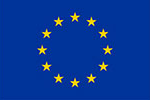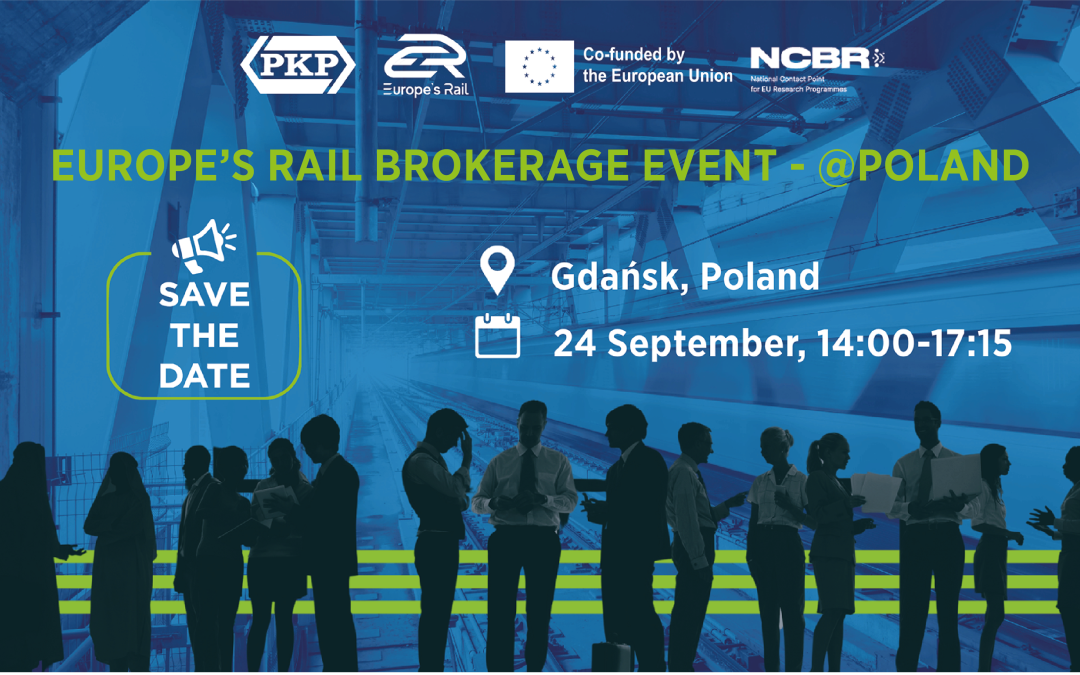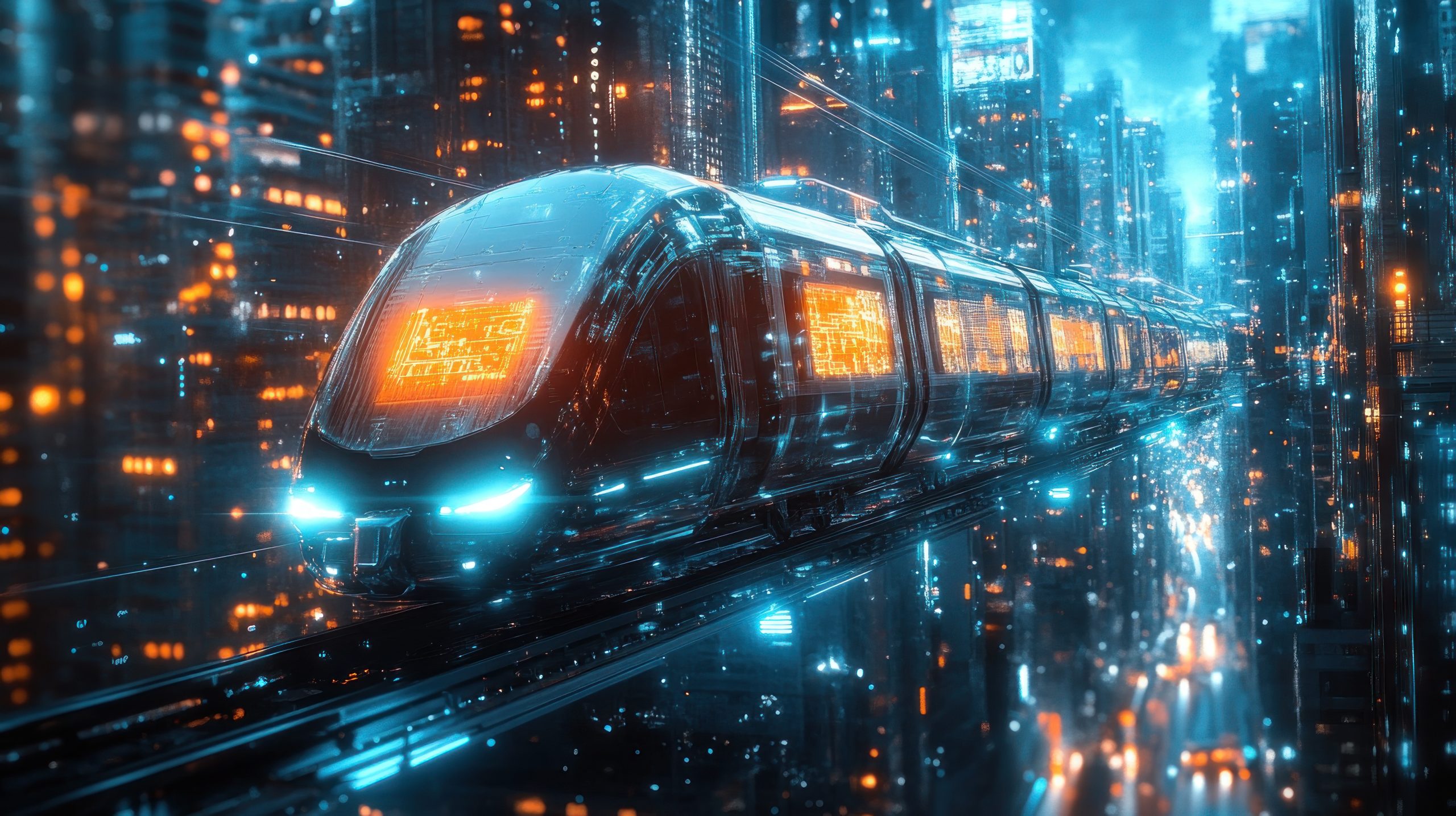Europe must take decisive steps to simplify and modernise its rail systems to strengthen competitiveness,...
The objective of Europe’s Rail Joint Undertaking is to deliver a high capacity integrated European railway network by eliminating barriers to interoperability and providing solutions for full integration, covering traffic management, vehicles, infrastructure and services, aiming to achieve faster uptake and deployment of projects and innovations. That should exploit the huge potential for digitalisation and automation to reduce rail’s costs, increase its capacity and enhance its flexibility and reliability, and should be based upon a solid reference functional system architecture shared by the sector, in coordination with the European Union Agency for Railways.
In this regard, the general aim of the partnership will be to ensure a fast transition to more attractive, user-friendly, competitive, affordable, easy to maintain, efficient and sustainable European rail system, integrated into the wider mobility system. EU-Rail will support the development of a strong and globally competitive European rail industry while contributing towards the achievement of the Single European Railway Area (SERA).
What are the challenges?
The transformation of the rail system to achieve the ambitious policy and sector goals starts from recognizing the significant challenges that the future rail system needs to address.
Political, demographic, technological and market trends are changing the needs of passenger and freight customers. These shifts, along with disruptive events like the COVID-19 pandemic, require rail to be more flexible than in the past.
In order to deliver an overall more sustainable transport system, rail must be able to accommodate increased demand and become more resilient against the impacts of climate change. New infrastructure will be necessary in certain areas, but the digitalization and automation of operations, under a systemic approach, will create the vast bulk of future increased traffic leveraging existing infrastructure.
The European rail supply industry is world leading. However, it faces many challenges at global level. Innovative solutions, conceived, designed, and developed jointly creating new products to be deployed at European level will strengthen the competitiveness of the European rail supply industry. Furthermore, to be more competitive and support future increased usage, rail must deliver services at reduced cost compared to today, including tackling all the elements of its lifecycle, and improve its interaction with other transport mods.
Rail must move to one European network more unified finally delivering a Single European Rail Area (SERA) – and be more flexible to introduce and scale up new technological and operational solutions to deliver new and improved client oriented services.
Which are the results and benefits?
The objectives of EU-Rail have been set to address the EU policy objectives, rail sector vision, and the challenges inherent to the transformation of the rail system.
Specifically, this will result in:
- Meeting evolving customer requirements
- Improved performance and capacity
- Reduced costs
- More sustainable transport
- Harmonised approach to evolution and greater adaptability
- Reinforced role for rail in European transport and mobility
- Improved EU rail supply industry competitiveness
















